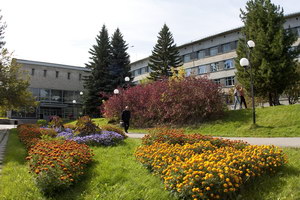The Combinatorial Modelling of Vietnam Energy Development
Библиографическая ссылка
Edelev A.V., Zorkaltsev V.I., Doan Van Binh, Nguyen Hoai Nam The Combinatorial Modelling of Vietnam Energy Development // Energy Systems Research. Vol.1. No.1. 2018. P.67-73. DOI: 10.25729/esr.2018.01.0008 http://esrj.ru/index.php/esr/article/view/2018.01.0008SCOPUS


